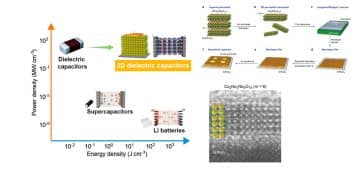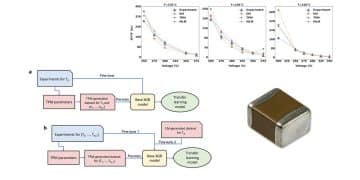Optical time domain reflectometer evaluates submarine cables
Able to evaluate up to 20,000km submarine cables, the Coherent OTDR MW90010B is able to locate faults with an extended […]
Optical time domain reflectometer evaluates submarine cables Read Post »





